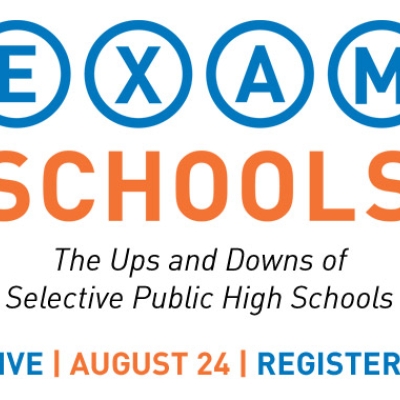High schools hoping to increase student success in college have often turned to an innovative solution: allow students to take college-level coursework before they graduate. The hope is that by exposing teenagers to college courses earlier, they will be more likely to think they are “college material,” earn a bit of college credit for free (or nearly free), and get acclimated to college-level rigor. (Most of these courses are taught on high school campuses by high school teachers.) A new report from the Education Commission of the States (ECS), however, questions just how strong some of these courses are and examines state strategies to ensure rigor.
The ECS analysts found that states generally follow one of four approaches to ensure quality in “dual enrollment” courses: 1) Some states, including Colorado, leave decisions about whether courses are worthy of credit up to post-secondary institutions; 2) others, such as Delaware, require post-secondary institutions and high schools to reach agreements, but do not prescribe the nature of those agreements; 3) eight states have adopted the guidelines of the National Alliance of Concurrent Enrollment Partnerships (NACEP), which are designed to ensure quality and cover topics including curricula, faculty, students, assessments, and evaluations; and 4) six others require or encourage actual NACEP accreditation.
States and districts working to encourage the completion of truly college-level coursework in high school should, as ECS recommends, ensure that educators are prepared to teach such rigorous work. They should also ensure high schools are being honest with students so they don’t enter college thinking they have earned credits only to find out those dual enrollment courses weren’t up to par. The NACEP standards may help, but they might be overly prescriptive and sometimes seem more focused on inputs than outcomes.
For these reasons and others, states may wish to preserve local control and encourage innovation by leaving some additional flexibility to institutions. They might also offer courses that are more focused on earning industry credentials than college credit. Whatever the case, states and districts must ensure that students are focused on the next step, but aren’t deceived about whether they’re progressing toward whatever productive endeavor they ultimately choose.
SOURCE: Jennifer Dounay Zinth, “Dual enrollment course content and instructor quality,” Education Commission of the States (February 2015).
